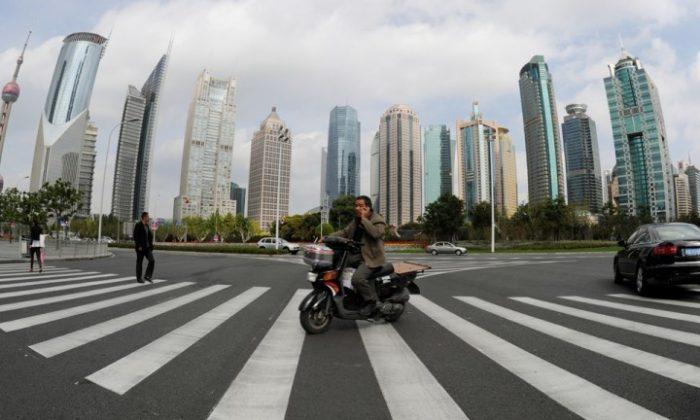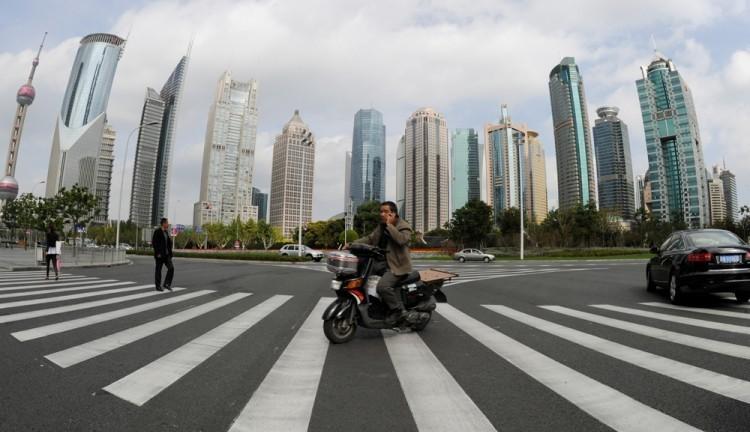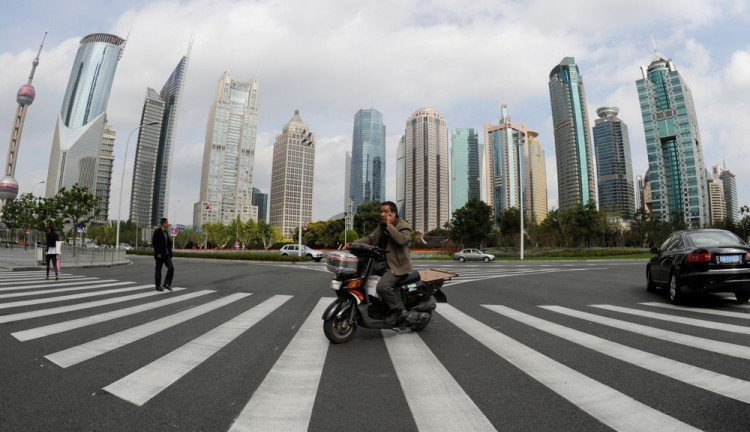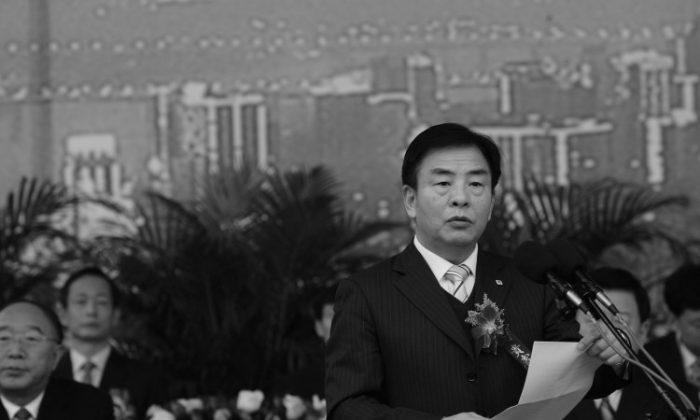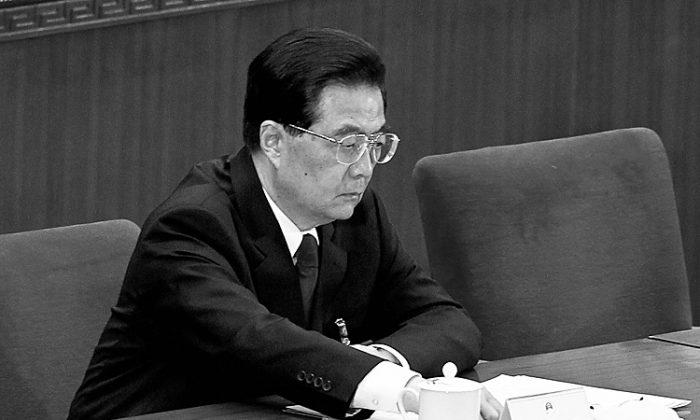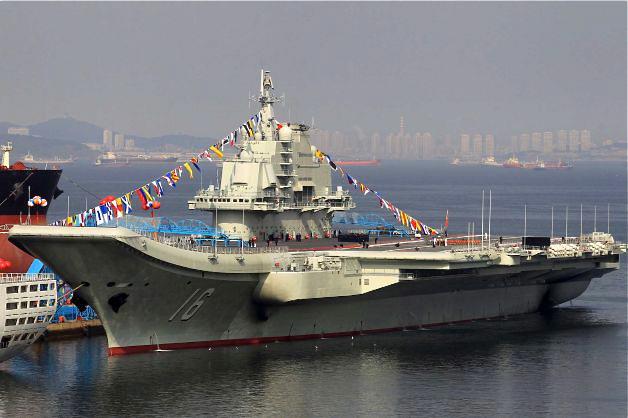In recent years skyscrapers have been shooting up across China, claiming many “tallest building” titles. Presently more than 200 skyscrapers are under construction, which is the equivalent of all the skyscrapers of like kind in the United States today.
Shanghai Tower, located in the Lu Jiazui financial sector of Shanghai’s Pudong district, is currently the tallest building under construction in China. Fifty stories have already been completed, with its main core tube reaching more than 754 ft above ground. The designed height is 2,073 ft, and it is scheduled to be completed in 2015.
Other towers of similar height are the 1,987 ft Wuhan Greenland Financial Center, also known as the tallest building in central China, and the 2,165 ft Pingan International Finance Center in Shenzhen. More are on the planning boards.
According to a Jun. 6, 2011 survey conducted by Chinese skyscraper research institute Motian City, there will be one skyscraper completed every five days, on average, during the next three years, with the total number amounting to over 800 in five years.
The survey followed the American definition for a skyscraper, namely any building taller than 500 ft.
The world’s tallest building is the 2,716 ft Burj Khalifa skyscraper in Dubai, United Arab Emirates. Of the 10 tallest buildings in the world, four are in China--Shanghai, Hong Kong, Nanjing, and Guangzhou.
Risky Business
Economics Professor Chang Ching-hsi, a faculty member at National Taiwan University, told The Epoch Times, “There is a saying in the field of economics: the prosperity of skyscrapers is the prelude to an economic and financial crisis.”
State media People’s Daily said on June 9, 2011 it recognizes that skyscrapers developed by real estate companies are going to face sales and rental pressure after completion, and there is a risk of over-investment.
Many countries are cautious about developing new skyscrapers. In Western developed countries, more than 70 percent of people now live in cities, and these mature urban communities are rarely developing high rise buildings on a large scale.
Yu Jingyu, a senior bridge design engineer in China, told The Epoch Times, that although China has mastered the construction skills of building skyscrapers, from an economics point of view, building large numbers of them is just a display of local governments’ extravagance and competition. “It makes no sense from the point of view of urban planning and development,” Yu said.
The city of Guiyang in southwestern China, with a GDP that just reached US$15.8 billion, is planning to build 17 skyscrapers, the fifth largest number of any Chinese city.
The city of Fang Chenggang in Guangxi Province is planning to build a 528-meter tall Asia International Finance Center, taller than the Shanghai World Financial Center. But this small city, by Chinese standards, has only less than one million people.
According to a Dec. 29, 2011 report by China Review News, Woody Lam, managing director of Savills Southern China said, developing skyscrapers is not a job for an ordinary private enterprise or real estate developer. To recover the average 100 billion yuan investment of building a skyscraper takes two to three decades.
Du Bingguo, chief researcher at China Index Academy in Shanghai is also of the opinion that the skyscraper business is very risky.
“The investment return for skyscrapers is rather long, and there is a high demand for investment money. If there is no new source of money supply, it will break the capital chain and inevitably there will be unfinished building structures,” Du told China Review News.
Economic Downturn
China’s economic growth in recent decades has been fueled mainly by low-cost exports. Since the 2008 global economic downturn, these export markets have shrunk. Always concerned with maintaining GDP and keeping migrant workers off the streets, the Chinese regime has turned to infrastructure projects and real estate development. This has created hundreds more dams, the ill-fated high-speed rail, a huge number of high-rise apartment complexes, and skyscrapers.
According to different expert opinions, China has a huge real estate bubble that is ready to implode. Many of the new high-rise apartment complexes—entire cities of them—remain nearly empty, as average Chinese cannot afford to live in them.
Some analysts have been warning of China’s economic collapse.
800 skyscrapers don’t make sense in times like these. While the majority of Chinese people live on a couple of dollars a day and lack clean water and safe food, the skyscrapers’ message seems to be that China is a rising super power with unlimited resources.
Read the original Chinese article.
